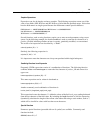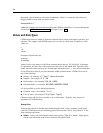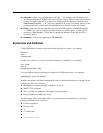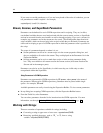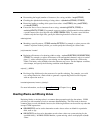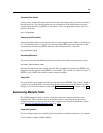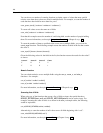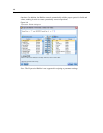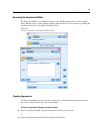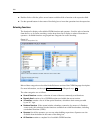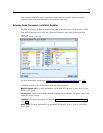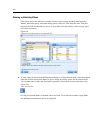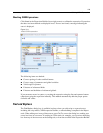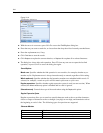
117
Building CLEM Expressions
Working with Multiple-Response Data
A number of comparison f unctions can be used to analyze multiple-response data, including:
value_at
first_index / last_index
first_non_null / last_non_null
first_non_null_index / last_non_null_index
min_index / max_index
For exa mple, suppose a multiple-response q uestion asked for the first, second, and third
most important reasons for deciding on a particular purchase (for example, price, personal
recommendation, review, local supplier, other ) . In this case, you might determine the importance
of price by deriving the index of the field in which it was first included:
first_index("price", [Reason1 Reason2 Reason3])
Similarl y, suppo se y ou have asked customers to rank three cars in order of likelihood to purchase
and coded the respon ses in three separate fields, as follows:
customer id
car1 car2 car3
101 1 3 2
102 3 2 1
103 2 3 1
In this case, you could determine the index of the field for the car they like most (ranked #1, o r
the lowest rank) using the min_index func tion:
min_index(['car1' 'car2' 'car3'])
For more information , see th e topic Compa r is on Funct ions in Chapter 8 on p. 135.
Referencing Multiple-Response Sets
The special @MULTI_RESPONSE_SET function can be used to reference all of the fields in a
multiple-response set. For example, if the three car fields in the previous example are included in
a multiple-response set named car_rankings, the following would return the same result:
max_index(@MULTI_RESPONSE_SET("car_rankings"))
The Expression Builder
You can type CLEM expressions manua lly or use the Expression Builder, which displays a
complete list of CLEM functions and operators as well as data fields from the current stream,
allowing you to quick ly build expressions without memorizing the exact names of fields or



